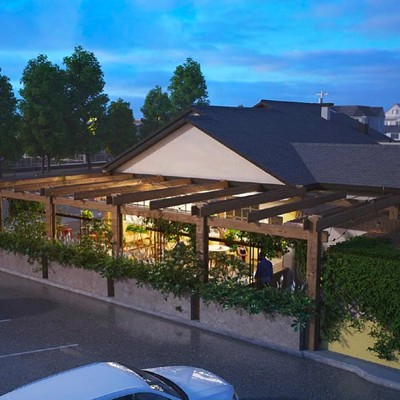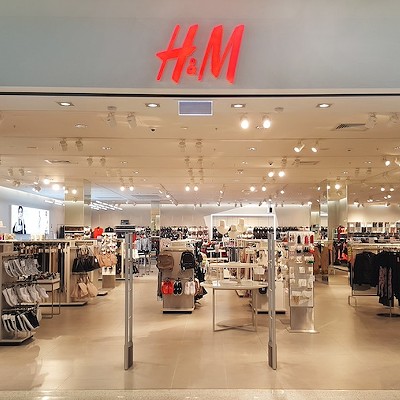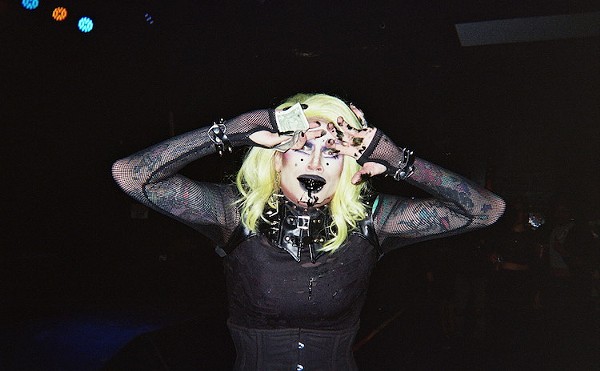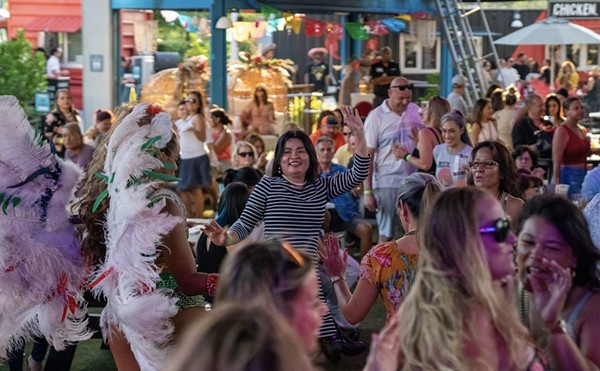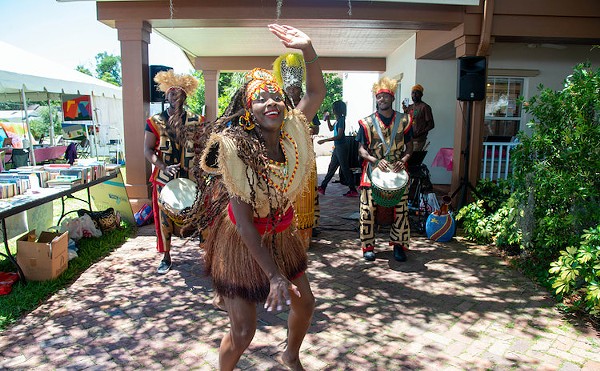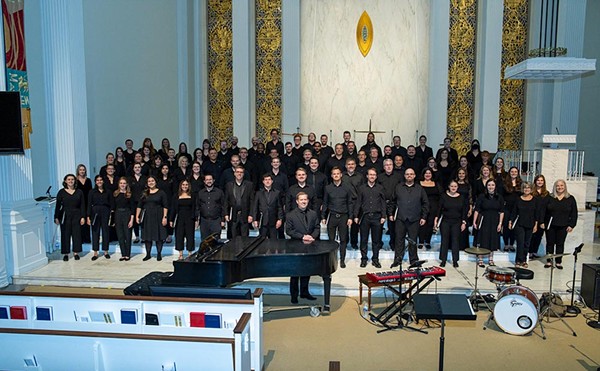When talk turns to cities outside Orlando, Winter Park gets all the attention. Morse this, Rollins that – enough already. No wonder the city of Maitland has an inferiority complex, even though it was established before Winter Park. Where's the respect for this seemingly bland suburb in north Orange County that was once called Fumecheliga (Musk Mellon Place) by the Seminole Indians before the U.S. Army claimed it as Fort Maitland in 1838 during the Second Seminole War?
In general, Winter Park was where the rich folks wintered, and Maitland was where working folks settled in search of the American dream via agriculture, industry and enlightenment. That was before the railroad, when the hopeful poured in on steamships up the St. Johns, and in wagons over mosquito-infested swamps. Due credit must be given to dedicated Maitlanders who protected the traces of their flinty forerunners.
Today's residents should be wary of the city's full-steam-ahead initiatives calling for the creation of a "downtown" Maitland with a shopping district, a la Winter Park. When it comes to historical charm, only harm can be done by such an upscaling attack. Here are a few genuine highlights to hit after packing a picnic (there are lots of places for scenic lunching) and putting on those walking shoes.
MAITLAND HISTORICAL MUSEUM
The exterior is nothing special, but the Maitland Historical Museum and Telephone Museum is the place to start. In the front of the white wooden house, brochures abound; be sure to pick up "Historic Properties of Maitland Florida" with a map and written histories. Then step into the tiny back-room museum, peppered with photos of founding fathers and back-in-the-day businesses, as well as memorabilia, all part of the continuing Not Business as Usual exhibit.
My favorite photo is of the Park House Hotel, circa the 1890s (at the corner of what is now Highway 17-92 and Lake Avenue). The shot captures residents lingering about the porch, most notably a dapper black man with a white woman on his arm. Populated by many Civil War veterans who fought to abolish slavery, Maitland was once ahead of its time when it came to race relations. There is a little local dispute regarding the first elected mayor, a black man named Tony Taylor. According to published histories (and immortalized in Zora Neale Hurston's Their Eyes Were Watching God), many residents were not happy with the turn of events, and so Josiah Eaton, a white man, arranged for a plot of land to be dedicated as the township of Eatonville overseen by black leadership. To this day the Maitland Historical Society credits Eaton as its first mayor.
Behind the museum is a utility building that serves as the Telephone Museum, filled with rows of switching equipment that still impressively clicks and whirs after a number is dialed – really dialed – on a nearby phone. A small area houses a delightful jumble of outdated telephony – hand-plugged switchboards, phone books and bills, pay phones and booths, glass and wooden insulators, and cabling. There's a great story, too, about how Carl H. Galloway, the son of the sundry store owner, convinced his dad to add a pay phone to boost business. What started there grew into the 10th largest independent telephone company of its time, though Galloway did eventually move from Maitland to Winter Park.
WATERHOUSE RESIDENCE AND CARPENTRY SHOP MUSEUM
A couple of blocks away, overlooking Lake Lily, sits this modest Victorian-style home where successful Maitland builder William Waterhouse raised his middle-class family, and the shed in the back that housed his hand-powered tools.
The home, built in 1884, is a testament to the influence of England's Queen Victoria. A formal foyer and rarely used parlor area front the house, with the living areas – family room, kitchen (fitted with a hand water pump) and dining room – in the back, and bedrooms on the second floor. Curiously, the parlor has been dressed in black for its tastefully macabre Final Respects: Victorian Mourning and Funeral Customs exhibition, which has seen the house come alive with actors and attendees playing the roles of family and friends attending a home-style wake. The historic jewelry made from the hair of deceased loved ones is particularly, horribly wonderful.
MAITLAND ART CENTER
Placing the city on the cultural map all on its own is the Maitland Art Center, off the shores of Lake Sybelia. The center regularly hosts nationally recognized exhibitions, both contemporary and historical. (The maze of narrow galleries currently explodes with the primary colors of New Smyrna Beach artist Bryce Hammond, through Oct. 24).
There's another side to the center that raises the goose bumps, though, involving rumored hauntings by its founder, the eccentric visionary Jules André Smith (1880-1959), a World War I veteran, artist and architect. He moved to Maitland in the 1930s and set up the sprawling grounds of the then cutting-edge Research Studio, a haven for artists (there's a list of notables who resided there), where they could be sheltered from the harshness of the world. Aztec and Mayan art bewitched Smith, though he himself served his tour of duty as a documentary illustrator capturing death and destruction.
Smith's enclave of 23 bungalow-style buildings flows together through covered walkways, courtyards and gardens, and is embellished with cement reliefs and sculpture of an esoteric nature. Across from the center is the outdoor chapel, an inspirational wonder that must be experienced on its own, but the term "moved to tears" will likely come to mind. The ancient oaks bow over Smith's out-of-this-world community, and no wonder he comes back to smile on his own creation.
CENTER FOR BIRDS OF PREY
It's a little-known fact that the Florida Audubon Society was established in Maitland on the Dommerich estate in 1900. The living proof is Audubon of Florida's Center for Birds of Prey, tucked away on the south side of Lake Sybelia along the Eatonville border. Birds of prey, as they nicely call them, are fearless feathered friends: predatory raptors – eagles, owls and hawks – that hunt down their food and snatch it up with piercing talons. Once injured (mostly by human blunders), the hunters become the hunted. That's where this hospital/rehabilitation center comes into play. Its main function is to treat and release birds, and its dedicated staff did so in 2003 for more than 650 of them.
Opened in 1979, the center was closed for three years for its own rehab, finished in 2001. It's now very visitor-friendly, with a landscaped pathway around outdoor aviaries housing birds that can't be returned to the wild, such as a tropically adorned Northern caracara, a coldly regal peregrine falcon and a turkey vulture (otherwise known as a plain old buzzard). The mating season for eagles starts in October and nesting continues through May. Did you know that eagles mate for life, but spend the summers away from each other, returning home in the fall? Not a bad arrangement.
Maitland Historical Museum and Telephone Museum
221 W. Packwood Ave., Maitland,
(407) 644-1364
Waterhouse Residence and Carpentry Shop Museum
820 Lake Lily Drive, Maitland,
(407) 644-2451
Maitland Art Center
231 W. Packwood Ave., Maitland,
(407) 539-2181
Center for Birds of Prey
1101 Audubon Way, Maitland,
(407) 644-0190


